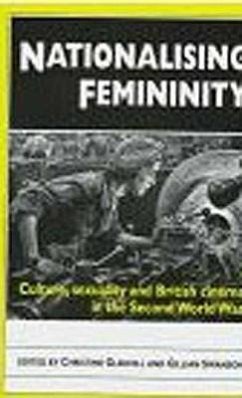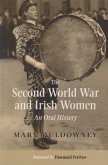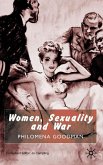World War II was unprecedented in the changes it demanded in the contours of British life. Work, the family, social policies and the media were all transformed, blurring the boundaries between private and public life and challenging class and gender divisions. In particular, women were called upon to play a range of new roles which threw into question traditional conceptions of femininity and national identity. What was the relationship between gender and nation when the waiting woman was displaced by the working woman and homes were flattened by bombs? What happened to notions of femininity, sexual difference and class as women moved into the workplace and donned dungarees, military uniforms and utility clothing? Such questions are explored in this collection of essays which brings together the work of prominent feminist researchers in film, media studies and social history. Case studies examine competing definitions of feminism circulating in the cinema, women's magazines, social policies, government pamphlets, fashion and broadcasting.







